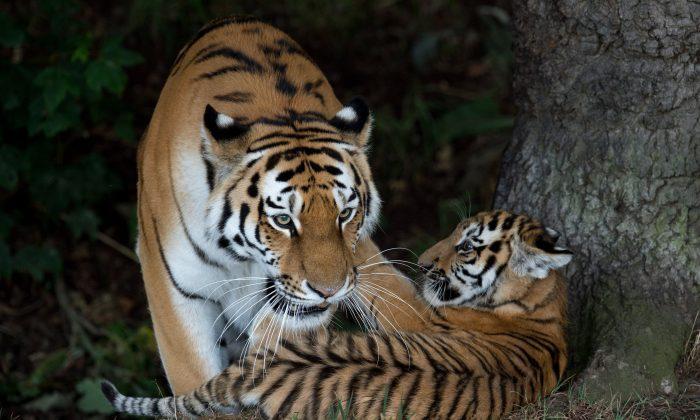Global wild tiger population numbers are increasing for the first time in a century.
According to the World Wildlife Fund (WWF), there are now estimated to be 3,890 wild tigers; this is a 22% increase from 2010’s estimate of 3,200. In the past 100 years, the global tiger population has decreased 97%.
The WWF attributes this increase to tiger population growth in Bhutan, India, Nepal, and Russia. The data is determined by compiling and comparing national tiger surveys.
Senior Vice President of Wildlife Conservation for WWF, Ginette Hemley, says the increase is “a pivotal step in the recovery of one of the world’s most endangered and iconic species.”

Hemley cites “governments, local communities, philanthropists, and other NGOs” as contributing to the population increase.
“But much more work and investment is needed if we are to reach our goal of doubling wild tiger numbers by 2022,” said Hemley.
TX2 is a WWF initiative started in 2010 that aims to double the tiger numbers by 2022 by “training rangers, tackling the illegal wildlife trade, and developing conservation standards and technology to achieve zero poaching.”
The species’ future in Southeast Asia—where poaching and rampant deforestation continue to negatively impact tiger numbers—is ambiguous, notes the WWF.
This announcement by the WWF comes ahead of the third annual Asia Ministerial Conference on tiger conservation, beginning on April 12, 2016.





Friends Read Free